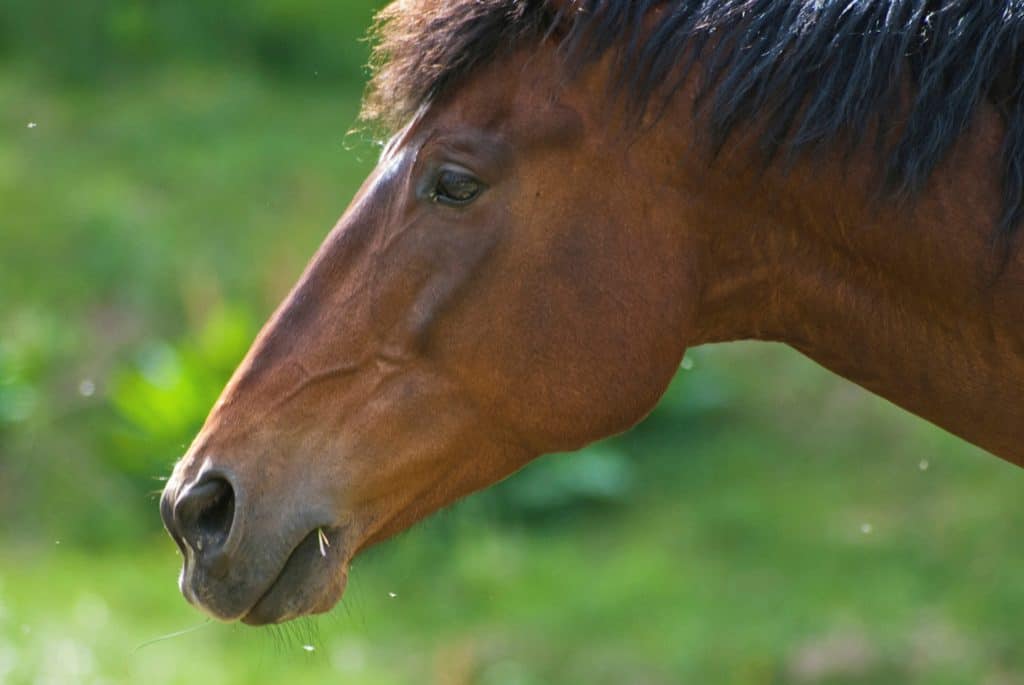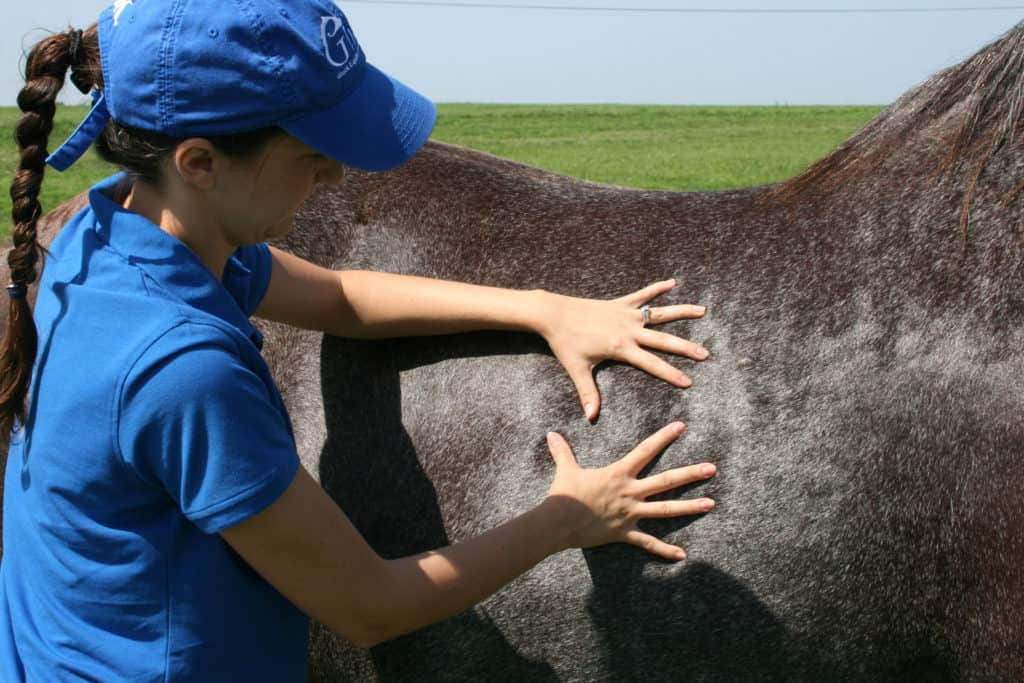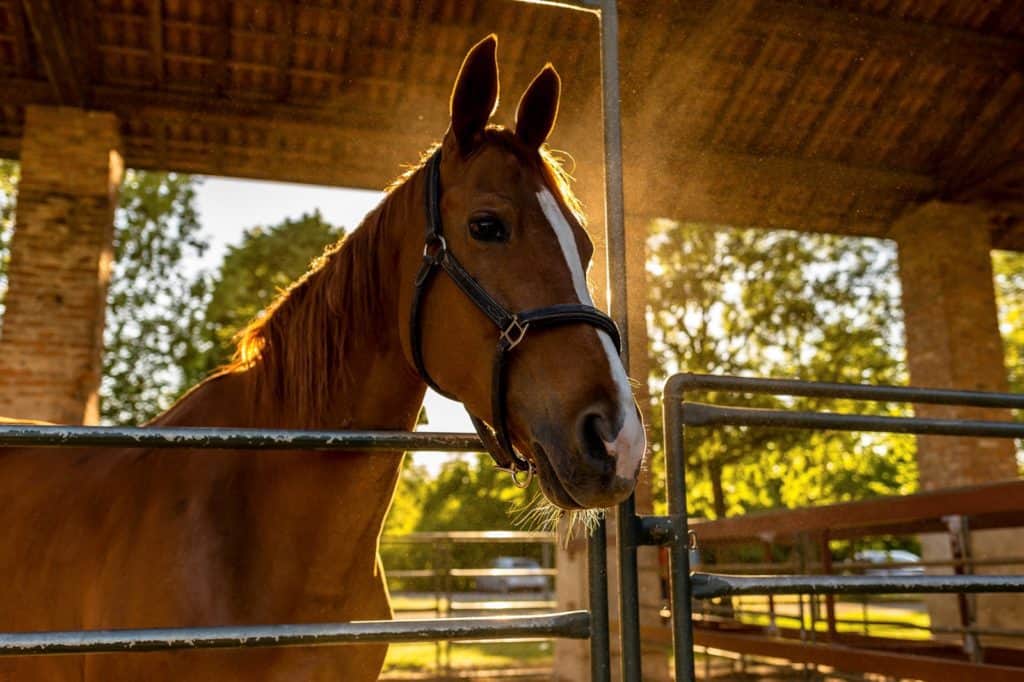
Getting a Read on Infection in Horses
Vets are using serum amyloid A, a naturally produced protein, to detect equine infections and monitor treatment.

Vets are using serum amyloid A, a naturally produced protein, to detect equine infections and monitor treatment.

Of the 268 respondents, 93 (35%) said their horses suffer from seasonal respiratory allergies.

Horses with noninfectious respiratory disease had much lower SAA concentrations than horses with infectious disease.

Ammonia exposure during transport can have negative effects on the respiratory system. Here’s how to control it.

Popular topics included body condition, bisphosphonates, horse identification, hoof problems, deworming, and more.

While we can’t cure heaves, or equine asthma, we can help manage their signs of disease. Here’s how.

The British survey results also suggest that lamenesses are more likely to originate in the limb than in the foot.

Levalbuterol is an effective bronchodilator but has a relatively short duration of action, researchers found.

Researchers are studying underlying genetic factors that lead some horses to develop heaves while others don’t.

Does your horse have asthma? UPenn’s Dr. Rose Nolen-Walston shares management tips for offering your horse relief.

Inflammatory airway disease and recurrent airway obstruction fall under the “equine asthma syndrome” umbrella.

Researchers found a “strong association” between horses developing asthma after contracting a rhinitis virus.

Learn how to make changes around the barn to reduce horses’ likelihood of developing respiratory disease.

From vets stuck in city traffic to vexing ventilation issues, urban-dwelling horse owners deal with unique challenges.
Tweets and take-homes from sessions on mature performance horse health, field surgery, heaves, lameness, and more.

Moldy hay can can contribute to several respiratory problems in horses, the most important of which is heaves.
Stay on top of the most recent Horse Health news with
"*" indicates required fields